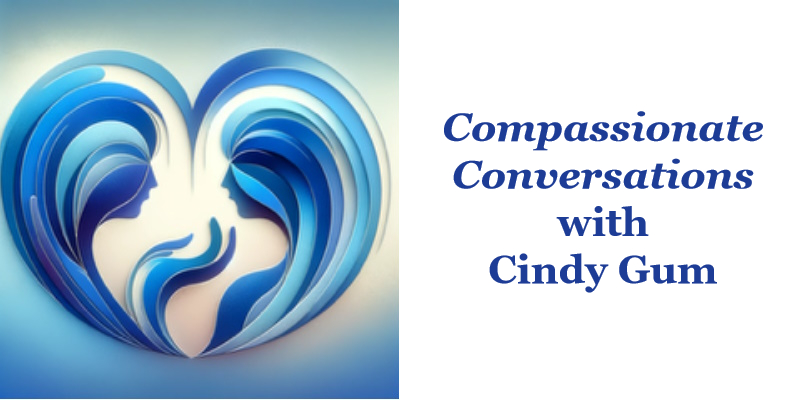
Understanding our reactions—those immediate responses to situations or events—is pivotal in fortifying our emotional resilience. Without grounded inner strength and courage, we are vulnerable to succumbing to impulsive reactions we might later regret. These reactions, ranging from tirades to feelings of anger, frustration, or impatience, often signal unresolved issues like childhood wounds or past traumas resurfacing. Caregiving has a way of eliciting both the best and the worst within us. My ‘worst’ often manifested in what I call the RAGS of resentment, anger, guilt, and shame.

In our upcoming April Journaling Journey, we will delve deeper into the exploration of our reactions and how understanding them can serve as a guiding light on our individual paths.
The Transformative Power of Observation
The path to understanding our reactions begins with observation. Adopting a stance of compassionate self-observation initiates a healing journey of inner discovery. This practice, rooted in self-compassion, acknowledges that transformation starts with accepting our reactions and ourselves.
Step One: Acknowledge and Validate
The first step is to recognize our emotional responses by naming, claiming, and validating them. This acknowledgment guides us toward the lens of compassionate introspection. With this, we can honestly and authentically engage and explore our vulnerabilities and the lessons they offer.
The Power of Holding Our Truths
By gently holding our experiences—be they shaped by adversity, trauma, or misunderstanding—we accept them as valid segments of our life story. The crucial inquiry then becomes: How do we choose to carry these truths? Setting an intention to confront our inappropriate reactions with authenticity propels us forward, enabling a shift from a critical and reactive state to one of heartfelt compassionate response, often distinct from the immediate judgments of our mind.
The Mind vs. The Heart
The mind, in its protective capacity, might default to revenge, denial, or judgment, projecting our anger onto others, thereby entrenching us in a narrative that could persist indefinitely. However, beneath these reactions is usually a profound, often invisible loss. For caregivers, invisible losses are manifold, ranging from the loss of connection to shifts in financial security or the disruptions of life’s certainties.
The Path to Emotional Health
Recognizing and reflecting upon our losses and the triggers within our reactions lays the groundwork for healing. This process is neither swift nor straightforward; it demands patience, time, and commitment to taking small, deliberate steps towards emotional well-being.
Inquiries for Reflection
- What emotions am I feeling right now? Can I name them, claim them, and validate them compassionately?
- How can I cultivate a greater sense of awareness and mindfulness when I notice moments of escalating emotions?
- What might lie beneath my immediate reaction—anger, fear, loss, or judgment?
Engaging with these reflective questions allows us to untangle the complexities of our emotions and fosters a less reactive response to triggers. All this being said, it’s important to remember that reactions are a part of our human journey and are normal – it’s the ones that bring us pain that invite us to look further.
The STOP Technique
- Stop: Pause whatever you’re doing or about to do.
- Take a breath: Take a slow, deep breath to center yourself.
- Observe: Notice what thoughts, emotions, and sensations are present in your body without judgment.
- Proceed: Decide how you can respond rather than react impulsively.
